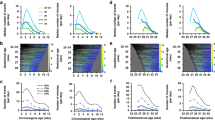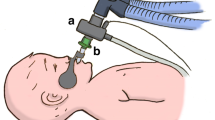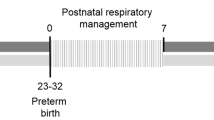Abstract
Summary: We postulated that parents of infants who sustain near-death episodes associated with defective chemical regulation of breathing might share a similar defect. We, therefore, measured the ventilatory responses to progressive hypoxia and hypercapnia individually in eight sets of parents of infants who had sustained at least one near-death episode (apnea, cyanosis, pallor, limpness, and responsive only to mouth-to-mouth resuscitation); each infant had a ventilatory response to CO2 which was more than 2 S.D. below the mean normal. Ventilatory function measured by vital capacity forced expiratory volume 1.0 and flow volume curves was normal in each group. Responses to hypercapnia and hypoxemia in both fathers and mothers were similar to 11 pairs of controls. Ventilation during CO2 rebreathing normalized for surface area increased 0.87 liter/min/mm Hg in fathers, 0.94 in controls, 0.87 in mothers, and 0.75 in controls. Ventilation during progressive hypoxemia increased 88 liter/min/1/mm Hg in fathers, 92 in controls, 86 in mothers, and 101 in controls. None of these differences was significant.
Speculation: Defective chemical regulation of breathing in infants at risk of sudden infant death syndrome is not shared by their parents. This suggests that environmental influences, perhaps in utero, are responsible for this defect.
Similar content being viewed by others
Log in or create a free account to read this content
Gain free access to this article, as well as selected content from this journal and more on nature.com
or
Author information
Authors and Affiliations
Rights and permissions
About this article
Cite this article
Kanarek, D., Kelly, D. & Shannon, D. Ventilatory Chemoreceptor Response in Parents of Children at Risk for Sudden Infant Death Syndrome. Pediatr Res 15, 1402–1405 (1981). https://doi.org/10.1203/00006450-198111000-00002
Issue date:
DOI: https://doi.org/10.1203/00006450-198111000-00002



